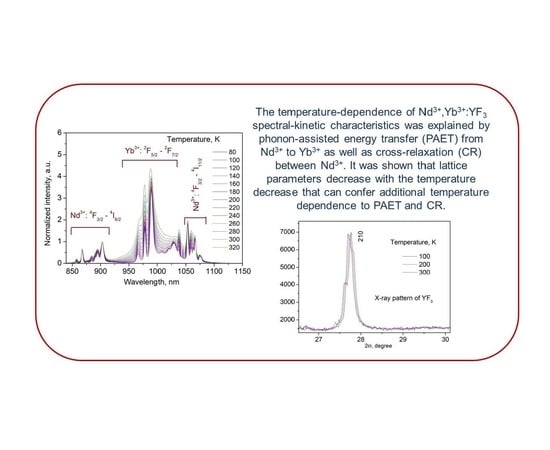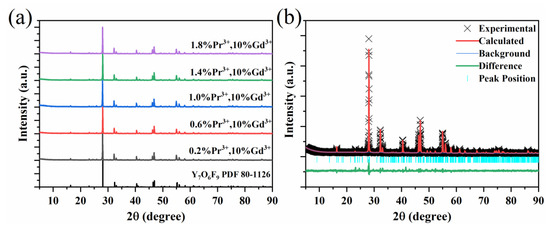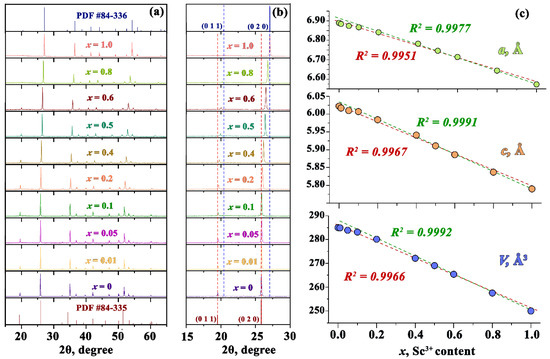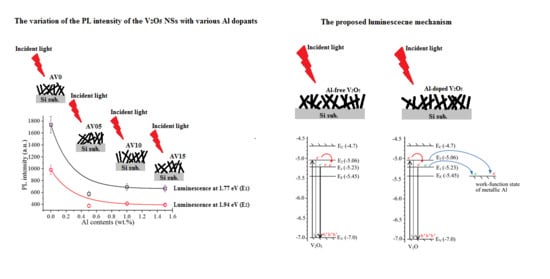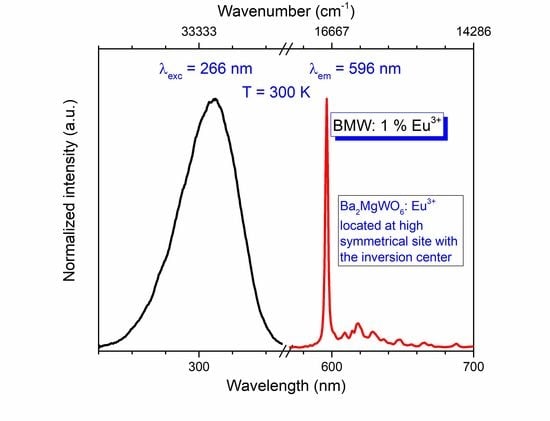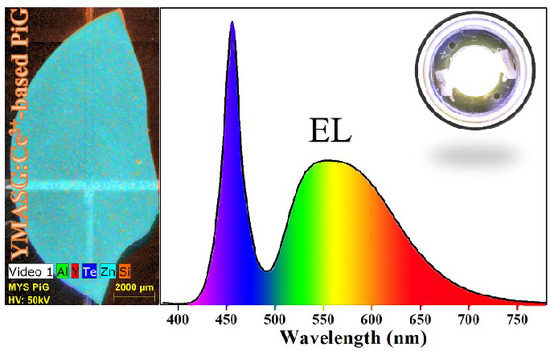Luminescent Materials
A topical collection in Materials (ISSN 1996-1944). This collection belongs to the section "Optical and Photonic Materials".
Viewed by 15778Editor
Interests: nitride; phosphor; luminescence; optical properties
Special Issues, Collections and Topics in MDPI journals
Topical Collection Information
Dear Colleagues,
After publishing several successful Special Issues on Luminescent Materials, we would like to announce the start of the publication of a collection on Luminescent Materials. The objective is to highlight the progress and prospects of curiosity-driven academic research on novel phosphor materials with new or improved properties, as well as of innovative developments of industrial applications, in particular in emerging fields of energy, mobility, health, food and security. By discussing the new results in the context of known information, the publication is not only helpful as a tutorial introduction for novices in the field, but also serves as an updated overview for those who are more experienced. Therefore, review publications on experimental or theoretical studies of different types of luminescent materials (powders, nano-particles, ceramics, thin films, single crystals, glasses) are of special interest. Because of the multidisciplinary nature of the discussed topics, the publications will be of interest to solid state chemists and spectroscopic physicists, as well as to materials scientists and engineers.
Other editions of “Luminescent Materials”
Techniques and Methods for Advanced Characterization of Luminescent Materials Luminescent Materials 2013
Prof. Hubertus Hintzen
Guest Editor
Manuscript Submission Information
Manuscripts should be submitted online at www.mdpi.com by registering and logging in to this website. Once you are registered, click here to go to the submission form. Manuscripts can be submitted until the deadline. All submissions that pass pre-check are peer-reviewed. Accepted papers will be published continuously in the journal (as soon as accepted) and will be listed together on the collection website. Research articles, review articles as well as short communications are invited. For planned papers, a title and short abstract (about 100 words) can be sent to the Editorial Office for announcement on this website.
Submitted manuscripts should not have been published previously, nor be under consideration for publication elsewhere (except conference proceedings papers). All manuscripts are thoroughly refereed through a single-blind peer-review process. A guide for authors and other relevant information for submission of manuscripts is available on the Instructions for Authors page. Materials is an international peer-reviewed open access semimonthly journal published by MDPI.
Please visit the Instructions for Authors page before submitting a manuscript. The Article Processing Charge (APC) for publication in this open access journal is 2600 CHF (Swiss Francs). Submitted papers should be well formatted and use good English. Authors may use MDPI's English editing service prior to publication or during author revisions.
Keywords
- luminescent material, phosphor
- luminescence, fluorescence, phosphorescence
- photoluminescence, cathodoluminescence, electroluminescence, X-ray luminescence, mechanoluminescence, triboluminescence, persistent luminescence
- spectroscopy






